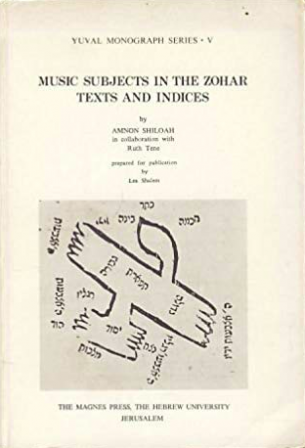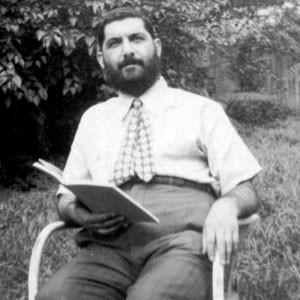A term from the Kabbalah, that refers to a heavenly hall in which entrance is permitted only through song or music. There is a common belief that the Heikhal Hanegina is the source of all of the world's melodies, and that it is close to, or the same, as the heikhal Hateshuva (the hall of repentance). These mystical ideas were mentioned in the book of Zohar, and later in the Kabbalah teachings of the 'Ari' (Isaac Luria). The Hassidic movement, which evolved in the 18th century and was based on the 'Ari's' teachings, elaborated on his reference to the Heikhal Hanegina as the source of all Niggunim.
The Mekubalim (Kabbalistic wise men), and later the leaders of the Hassidic movement, spoke of Tsadikim (righteous men) who would enter the Heikhal Hanegina and pick out specific sounds to suit the mood that they were in. It is told that Rabbi Israel Ba'al Shem Tov (1700-1760), the founder of the Hassidic movement, had the power to purify Niggunim by elevating them to the Heikhal Hanegina, and then integrating them with holy texts.
Abraham Zvi Idelsohn, in his article 'Hanegina Hahassidit'[1], writes, 'Most of the greats, or 'Tzadikim,' as they were called, stated their opinion towards the value of music. Amongst them, some strove either to compose new melodies, or to collect foreign melodies and fix them according to their own taste. That is to say, they would collect gentile melodies and bring them under the wings of the Shechina… Thus is told of Rabbi Leib Sarah's (1730–1791): Rabbi Leib went for a walk in the woods outside of town. There he saw an eight year old boy dressed in rags who was herding a gaggle of geese. Rabbi Leib sensed a high spirit from the 'the Heikhal hashira vehazimra' (the hall of singing and chanting) emanating in the boy… [2]Eventually, this young shepherd grew up to be the famous rabbi and musician, Rabbi Isaac of Kalib (Hungary) who would later save the precious melodies from the 'Kelipa'[3] and return them to the holy source where they belong… Because all the melodies of the world come from holiness; from a high place known as the the Heikhal Hanegina…'





